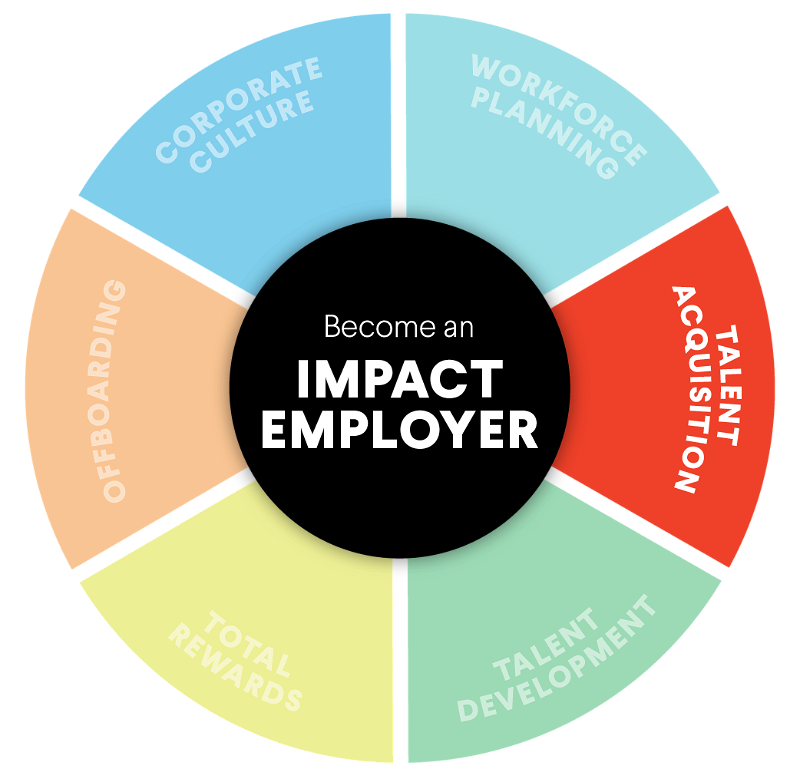The talent acquisition processes that companies have relied upon for decades have been completely upended. With in-person interviewing and corporate site visits on hold, hiring managers are forced to find innovative ways to assess competency and fit in a virtual environment. And, with the rapid adoption of online tools, jobseekers with limited digital literacy require extra support to navigate the online application and hiring process.
Additionally, traditional pipelines for talent have been disrupted. This is not only due to limited in-person interactions but also because of increased corporate leadership commitments to diversity and skills-based hiring and advancement, which require added support to ensure fairness and inclusivity for nontraditional jobseekers.






